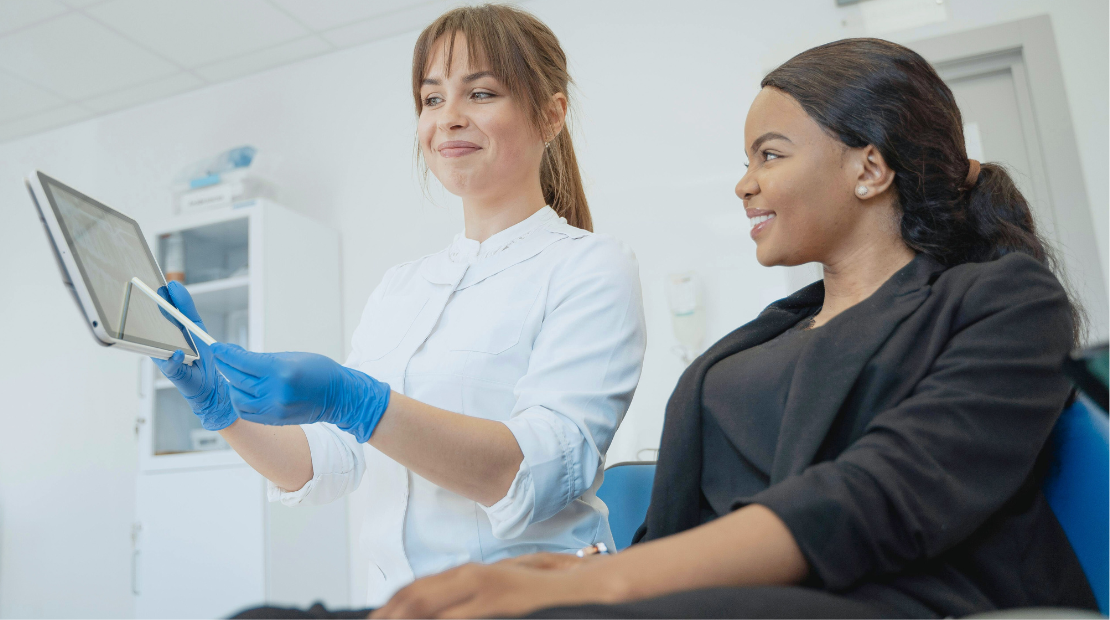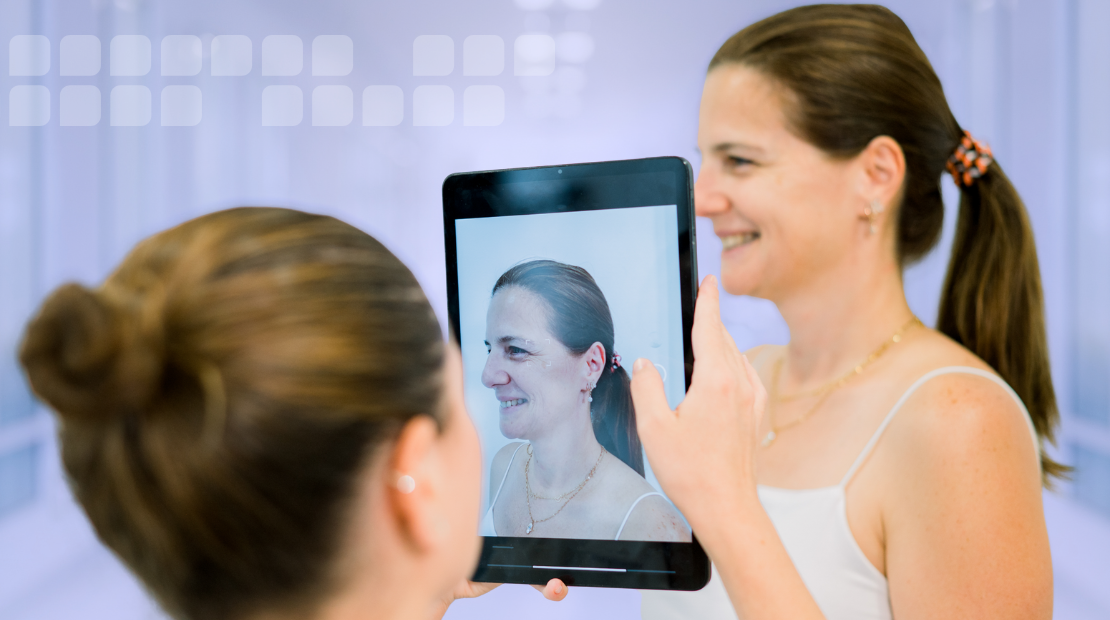Table of Contents
In aesthetic care, collaboration isn’t just a nice-to-have, it’s a must. When providers and patients work as a team, outcomes are better, communication is clearer, and trust grows naturally. And in a field where the visual result speaks louder than words, being on the same page from consultation to post-treatment is critical.
But collaboration doesn’t happen by accident. It takes the right tools, the right systems, and a shift in how we approach every step of the patient journey. In this article, we’ll explore practical ways your practice can improve collaboration, boosting patient satisfaction while streamlining your own workflows.
Whether you’re running a med spa, plastic surgery center, or dermatology clinic, these strategies will help you elevate the experience on both sides of the treatment chair.
1. Let Visuals Do the Talking
Photos are one of the most powerful communication tools in aesthetic medicine. A well-lit, consistent set of before-and-after images can speak volumes during a consultation and help manage patient expectations from the start.
But consistency is key. When angles, lighting, or distance vary between shots, it becomes harder to showcase progress or highlight subtle improvements. That’s why many practices are turning to guided photo workflows, on-screen capture tools, and ghost image overlays. These features help ensure every provider on your team captures the same angles every time, creating a more professional and trustworthy visual record.
Better images = clearer communication. And when patients can see what’s changing, they’re more likely to stay engaged and confident in their care.
2. Build Trust with Transparent Planning
There’s a big difference between telling a patient what you’ll be doing and showing them.
Instead of relying solely on verbal explanations or handwritten notes, try marking up treatment plans directly on patient photos. You can highlight injection sites, laser targets, or surgical markings, then send that annotated image home with the patient. It turns an abstract plan into something they can visualize and revisit.
This approach helps patients feel more informed, more prepared, and more confident. It also cuts down on confusion later, because everything you discussed is clearly documented in a way that’s easy to understand.
Bonus: It makes consultations more interactive and personal—two key ingredients for building long-term relationships.
3. Streamline Forms to Reduce Friction
Let’s face it, nobody enjoys filling out paperwork. But digital forms are a game-changer, especially when they’re customizable and easy to access on any device.
By offering mobile-friendly intake and consent forms, you make it simple for patients to complete everything ahead of time. That means less waiting, fewer in-office delays, and a smoother check-in process. The best systems also let you tailor these forms specifically to your services, so your staff isn’t sifting through irrelevant fields or generic templates.
Want to take it a step further? Set up form automations through text or email reminders. Patients are more likely to complete forms when they can do it from their phone in under five minutes.

4. Use Before-and-After Comparisons as an Education Tool
Most providers think of before-and-after photos as marketing assets. And while that’s true, they’re also incredibly effective for patient education.
Using side-by-side comparisons, sliders, or animated morphs during follow-ups gives patients a clear view of their progress. Even subtle changes become more apparent when you have the right tools to highlight them. This helps validate treatment outcomes and reduces the likelihood of dissatisfaction based on “I don’t see a difference” moments.
The ability to revisit these images with your patient isn’t just about showing results—it’s about reinforcing the value of your work and encouraging long-term loyalty.
5. Make Communication Easy and Secure
One of the biggest barriers to collaboration? Poor communication.
Patients want to ask follow-up questions, share concerns, or get clarification. However, if the only option is calling your front desk or playing phone tag, they might not even try. On the provider side, traditional texting or email poses compliance risks and documentation headaches.
Instead, using a secure HIPAA-compliant platform for photo sharing, messaging, and consultation follow-ups can make a big difference. Patients feel heard and supported, and your team can communicate clearly without worrying about security or lost info.
Plus, when patients can send progress photos or ask questions between appointments, you stay connected without clogging your schedule.
6. Turn Consultations Into Experiences
The best consultations aren’t just informative, they’re immersive.
Interactive galleries, visual sliders, and client-specific education materials make a huge difference. When a patient can explore real before-and-afters, compare treatment outcomes, and read up on your approach, they feel empowered and excited.
Some practices even use kiosk mode in waiting areas or treatment rooms, letting clients explore results and treatment options while they wait. It’s a subtle, professional way to build interest and trust without saying a word.
And when patients feel informed and inspired, they’re more likely to say “yes” to treatment.
Wrapping It Up: The Tools That Bring It All Together
Strong provider-patient collaboration doesn’t just happen—it’s built into every part of the experience, from how you capture photos to how you communicate treatment plans and follow up after visits.
That’s where RxPhoto comes in.
RxPhoto is an all-in-one photo, video, and documentation platform built specifically for aesthetic and medical practices. It helps you capture consistent, high-quality images, mark up treatment plans, streamline digital forms, and securely share everything with patients, all from one place.
Whether you’re looking to improve patient education, simplify documentation, or enhance your consultations, RxPhoto gives you the tools to create a more collaborative and seamless experience.Want to see it in action?
Book a free RxPhoto demo and discover how it can elevate your practice—while helping you build stronger, longer-lasting relationships with your patients.


